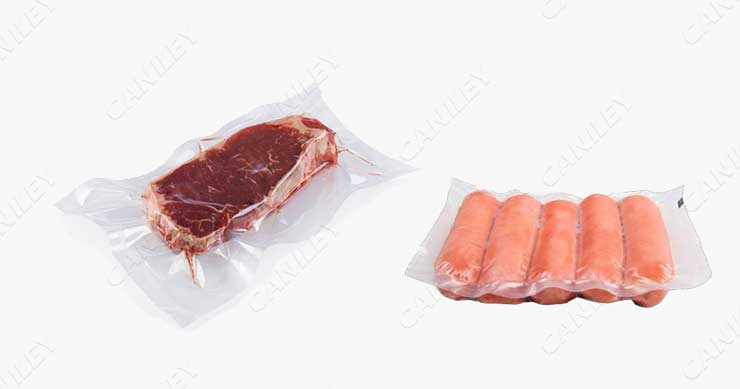Meat packaging is an essential part of the food industry that involves the process of enclosing meat products in different types of materials to maintain their freshness and quality. The packaging of meat has evolved over the years, with various materials and techniques being developed to improve the preservation and presentation of meat products.

The three primary methods of meat packaging are:
Modified Atmosphere Packaging (MAP): This is a technique where the air surrounding the meat product is replaced with a controlled gas mixture that has a specific composition to preserve the meat’s quality. The mixture usually consists of nitrogen, oxygen, and carbon dioxide, which helps to delay the growth of bacteria and extend the meat’s shelf life. This type of packaging is commonly used for fresh meat products such as beef, pork, and poultry.
Advantages of MAP: MAP can extend the shelf life of meat products, maintain their color and appearance, and reduce the risk of bacterial growth, which can cause spoilage and foodborne illness.
Vacuum Packaging: Vacuum packaging involves the removal of air from the package and sealing it with a barrier film. This method is commonly used for processed meat products such as bacon, ham, and sausages, as well as fresh meat products like beef, pork, and poultry. Vacuum packaging helps to preserve the meat’s freshness and flavor by preventing the oxidation of fats and other components.
Advantages of Vacuum Packaging: Vacuum packaging can help to extend the shelf life of meat products, prevent freezer burn, maintain the meat’s color and flavor, and reduce the risk of bacterial growth.
Modified Vacuum Packaging (MVP): Modified vacuum packaging is a combination of MAP and vacuum packaging. In this method, the package is vacuum-sealed, and then the air is replaced with a controlled gas mixture to create a modified atmosphere. This technique is commonly used for fresh meat products, such as beef, pork, and poultry, as well as processed meat products such as sausages and ham.
Advantages of MVP: MVP combines the advantages of MAP and vacuum packaging, including extended shelf life, maintained color and flavor, and reduced bacterial growth.
Meat packaging is an essential process in the food industry that helps to maintain the quality and freshness of meat products. The three primary methods of meat packaging, including MAP, vacuum packaging, and modified vacuum packaging, offer numerous advantages such as extended shelf life, maintained color and flavor, and reduced bacterial growth. The choice of the packaging method depends on the type of meat product and the desired preservation requirements.
